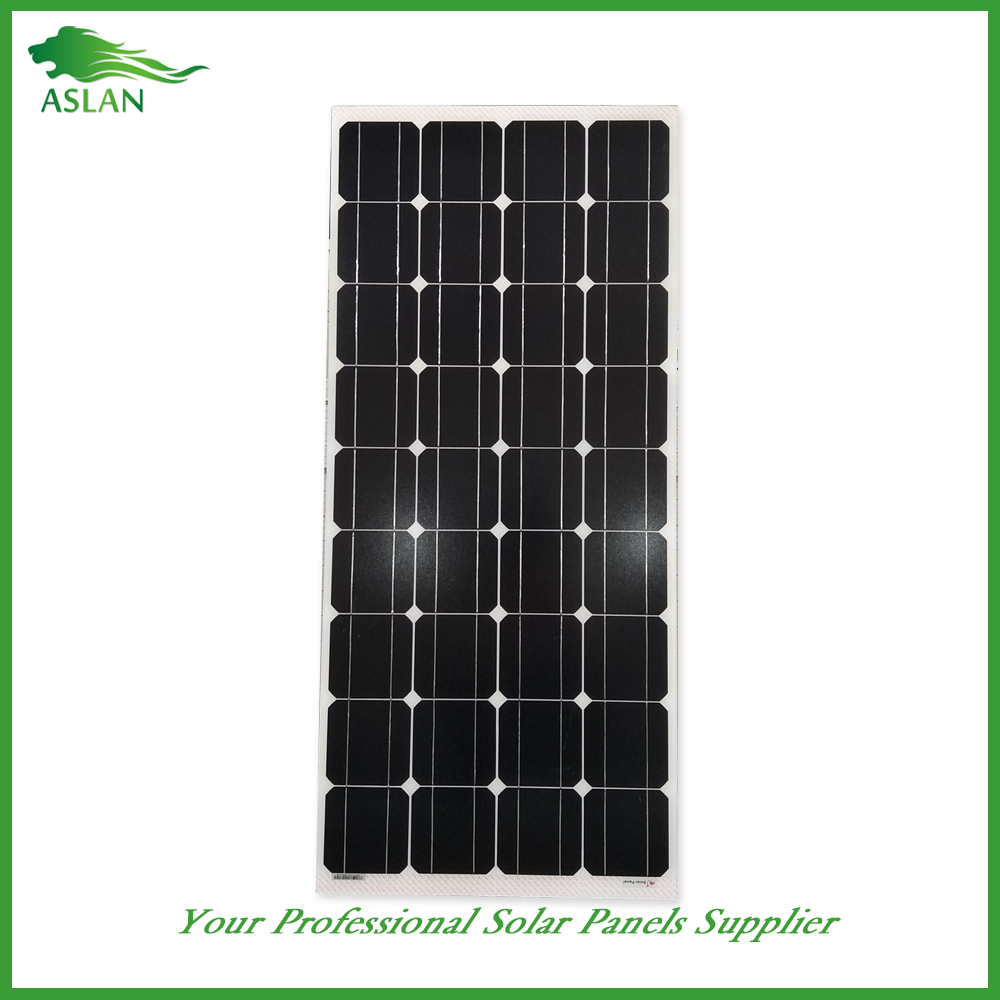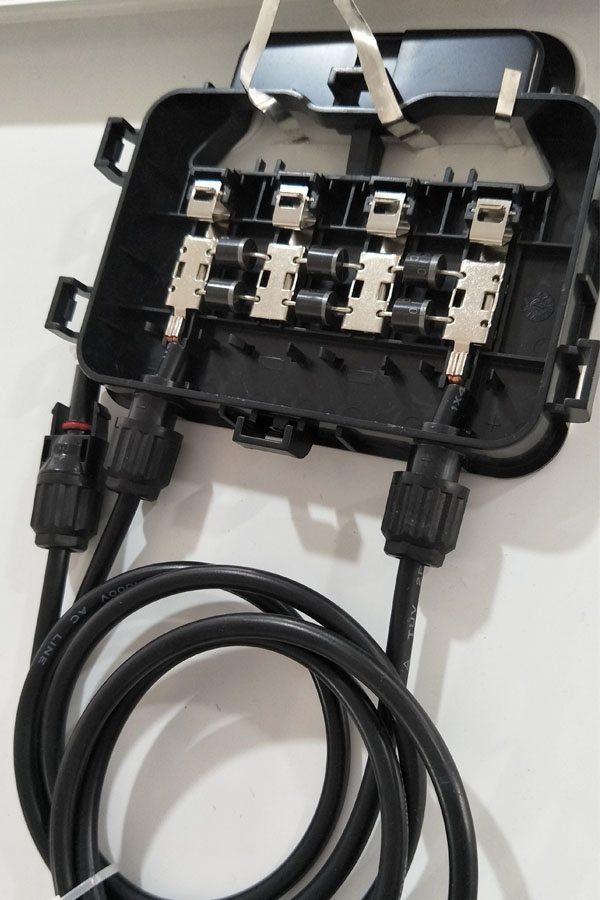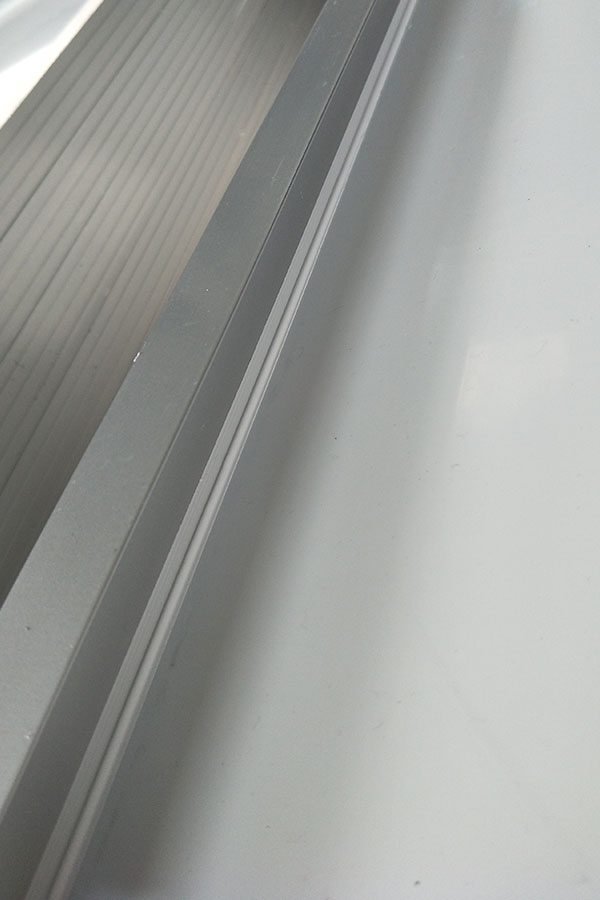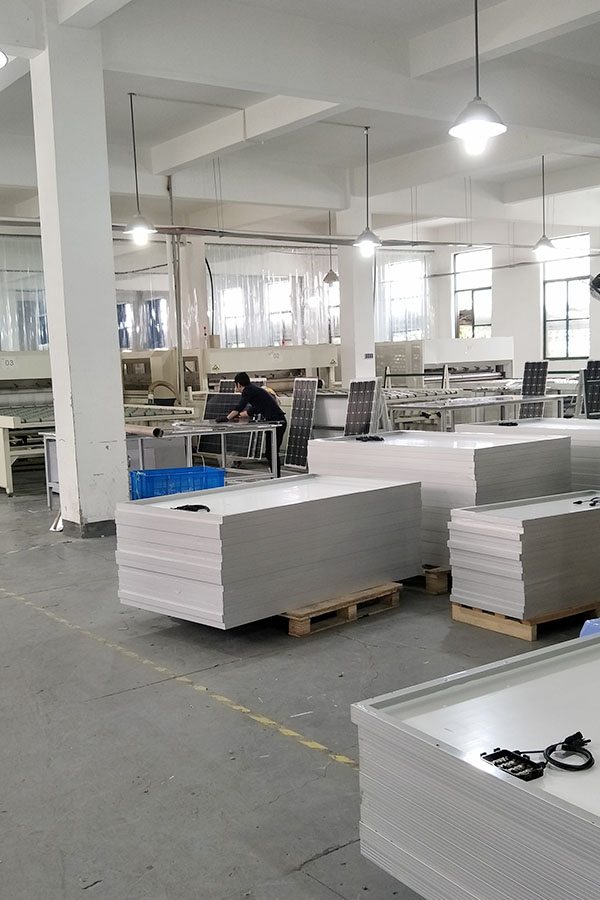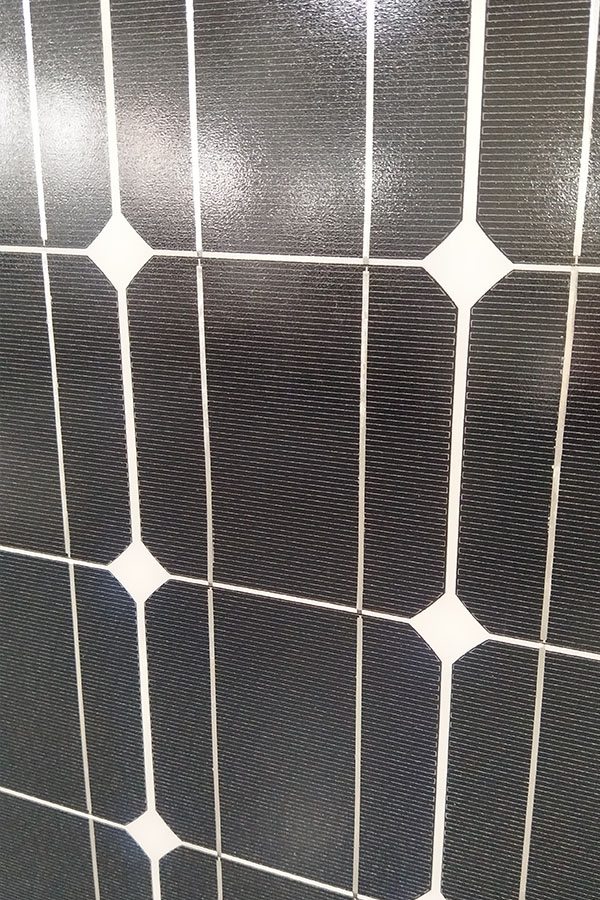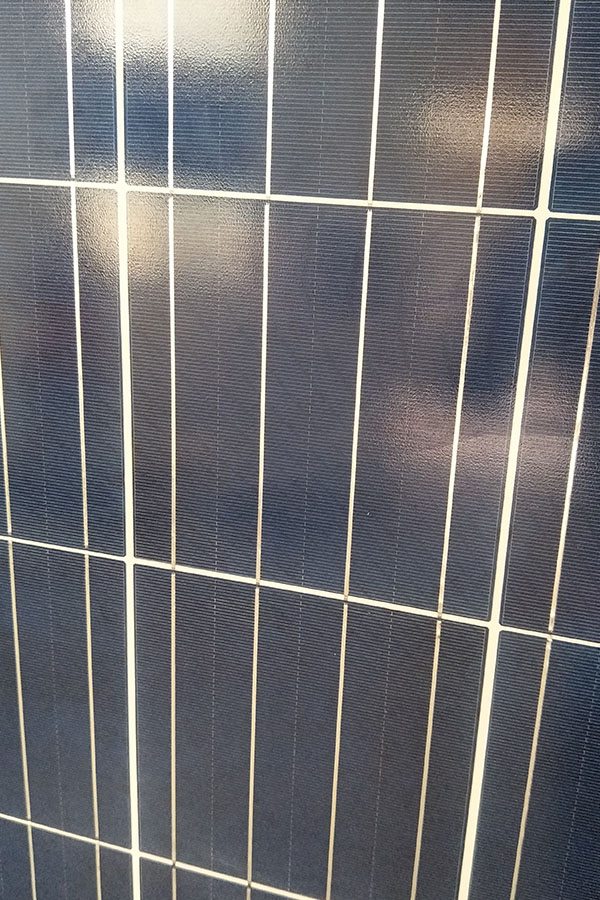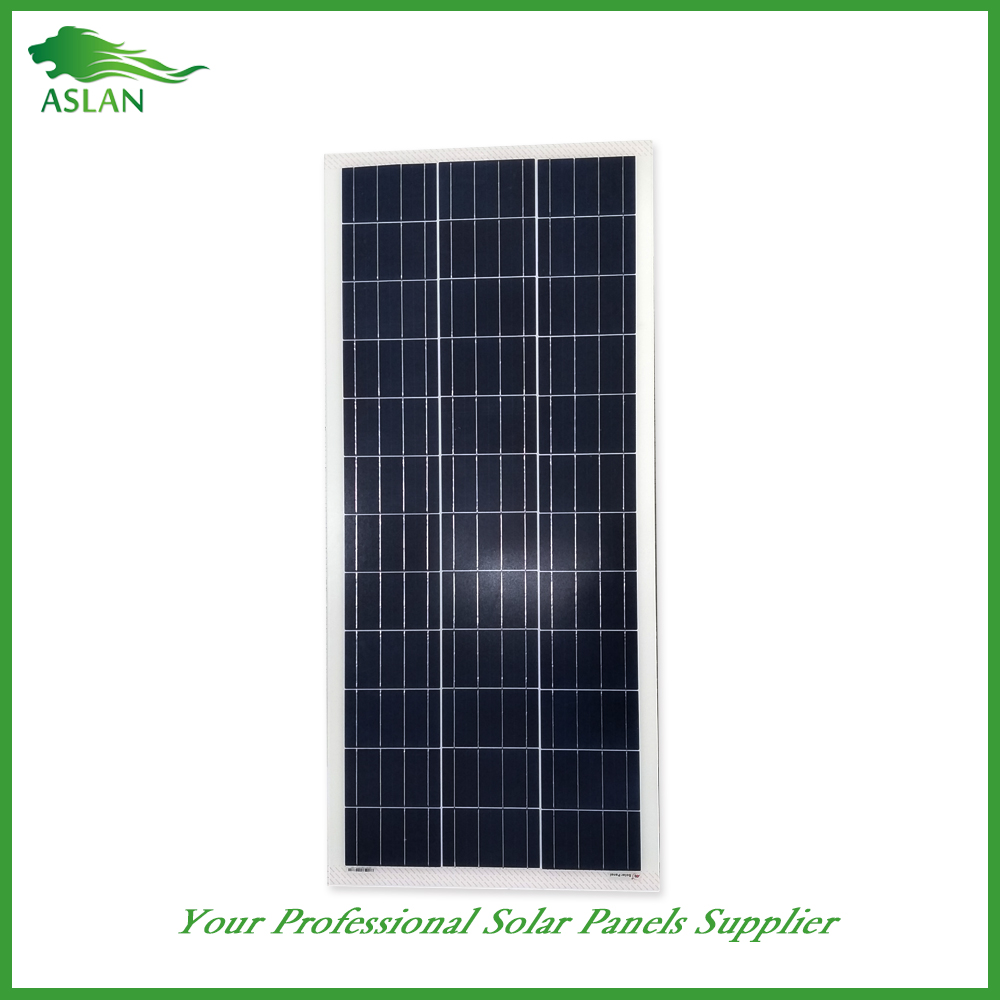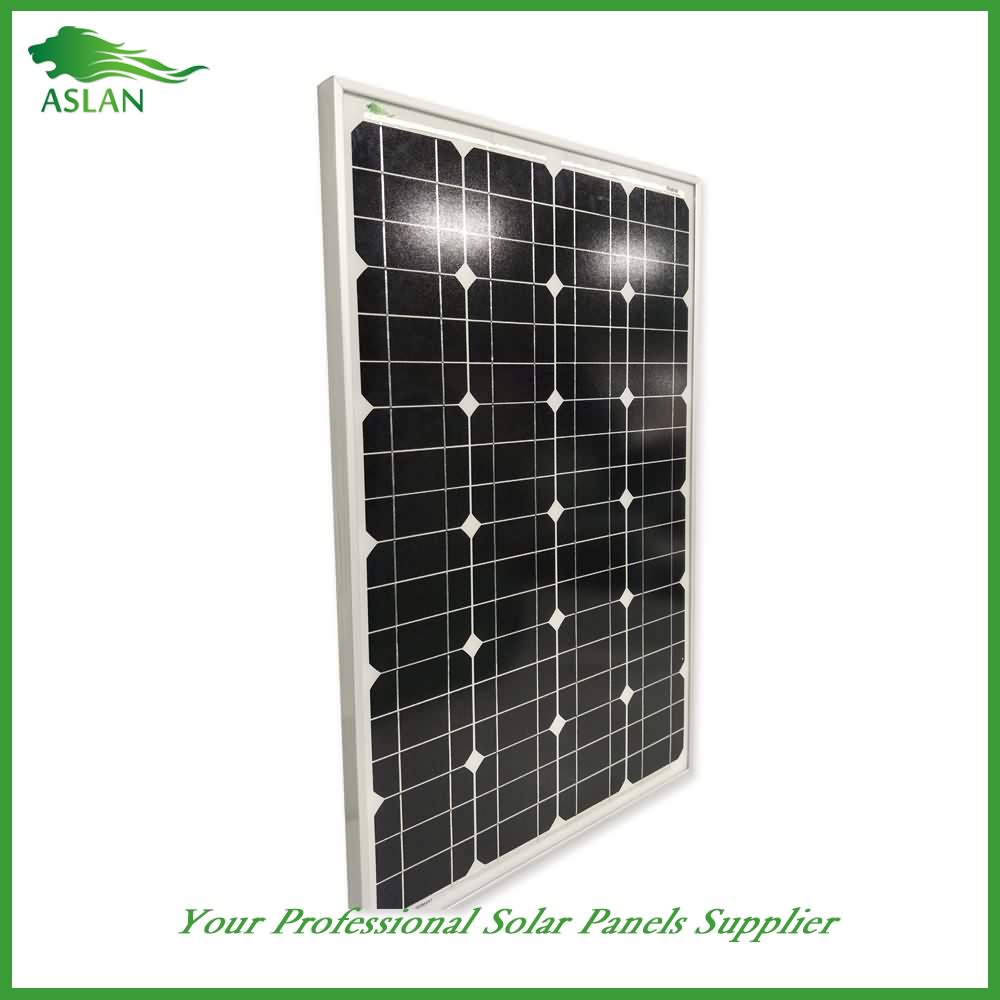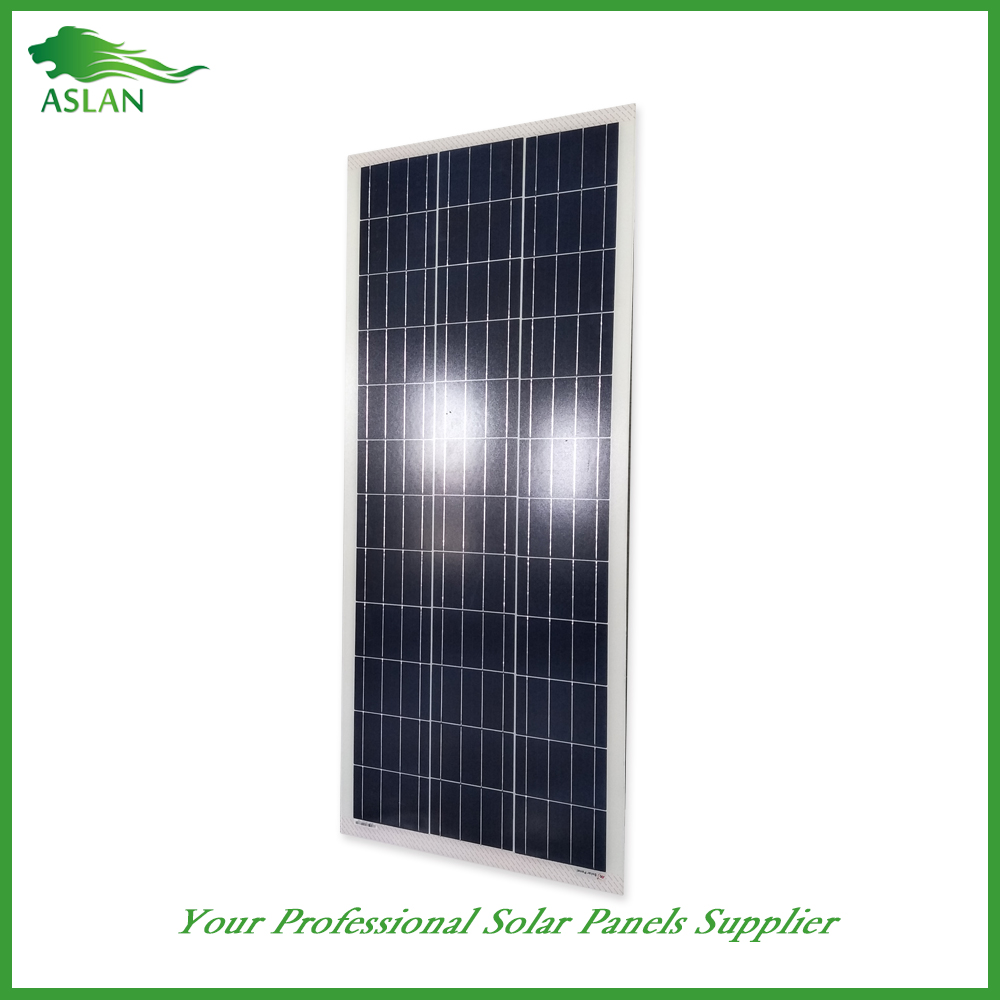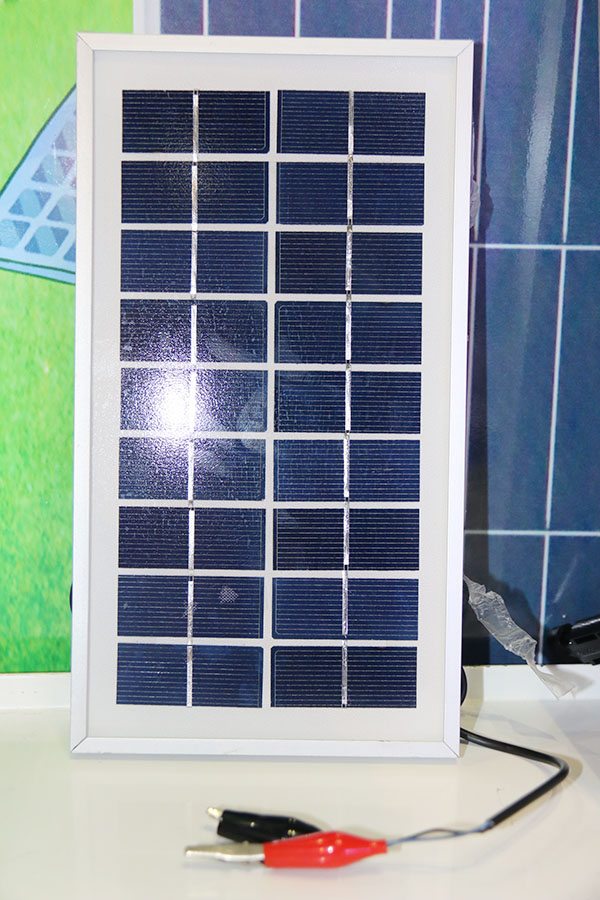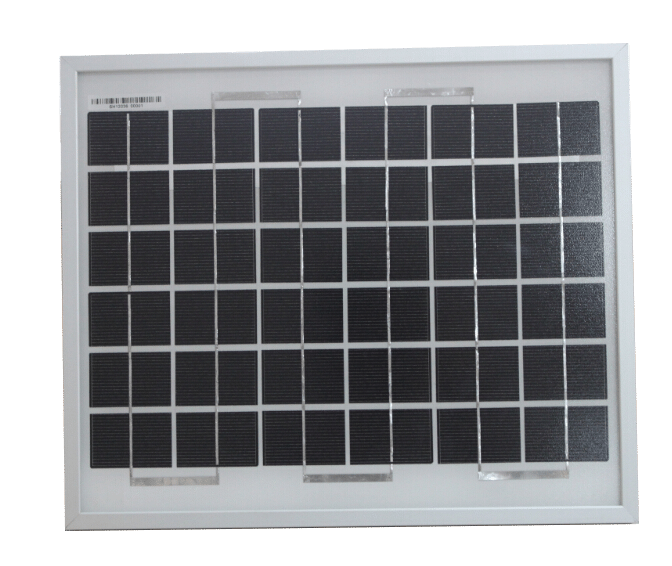Factory best selling Mono-Crystalline 150W Solar Panel for Swiss Importers
Short Description:
Our goal is to satisfy our customers by offering golden service, good price and high quality for Factory best selling Mono-Crystalline 150W Solar Panel for Swiss Importers, We warmly welcome business partners from all walks of life, expect to establish friendly and cooperative business contact with you and achieve a win-win goal.
Mono-Crystalline 150W Solar Panel
Technical parameter
Maximum Power(W) 150W
Optimum Power Voltage(Vmp) 17.92V
Optimum Operating Current(Imp) 7.83A
Open Circuit Voltage(Voc) 21.86V
Short Circuit Current(Isc) 8.59A
Mechanical Characteristics
Cell Type Monocrystalline 156x156mm (6 inch)
No of Cell 36 (4x9pcs)
Dimensions 1485x668x35mm
Weight 11.6KGS
Front Glass 3.2mm,High Transmission, Low Iron,Tempered Glass
Junction box IP65 Rated
Output Cable TUV 1×4.0mm2/UL12AWG,Length:900mm
Temperature and Coefficients
Operating Temperature(°C): -40°C ~ + 85°C
Maximum System Voltage: 600V(UL)/1000V(IEC) DC
Maximum Rated Current Series: 15A
Temperature Coefficients of Pmax: -0.435%
Temperature Coefficients of Voc: -0.35%
Temperature Coefficients of Isc: 0.043%
Nominal Operationg Cell Temperature (NOCT): 47+/-2°C
Materials of solar panel
1).Solar Cell——Mono-crystalline solar cell 156*156mm
2).Front Glass——-3.2mm, high transmission, low iron, tempered glass
3).EVA——-excellent anti-aging EVA
4).TPT——-TPT hot seal made of flame resistance
5).Frame——anodized aluminum profile
6).Junction Box——-IP65 rated, high quality, with diode protection
Superiority: high quality anodized aluminum frame, high efficiency long life, easy installation, strong wind resistance, strong hail resistance.
Features
1. High cell efficiency with quality silicon materials for long term output stability
2. Strictly quality control ensure the stability and reliability, totally 23 QC procedures
3. High transmittance low iron tempered glass with enhanced stiffness and impact resistance
4. Both Polycrystalline and Mono-crystalline
5. Excellent performance in harsh weather
6. Outstanding electrical performance under high temperature and low irradiance
Quality assurance testing
Thermal cycling test
Thermal shock test
Thermal/Freezing and high humidity cycling test
Electrical isolation test
Hail impact test
Mechanical, wind and twist loading test
Salt mist test
Light and water-exposure test
Moist carbon dioxide/sulphur dioxide
https://www.fiberoptics4sale.com
Most of today’s electronic devices are made with single crystal silicon. But silicon never occurs alone in nature as an element, so how do we make it?
Silicon is the second most abundant element in the earth’s crust, but they mainly exist as silica, impure SiO2, and silicates, Si + O + another element. Normal sand and the sand used in the building industry is usually colored red, yellow or orange due to the presence of impurities, and we don’t use them. Instead, what we need is silica sand, or high purity quartz rock, which we get from quarrying. Ideally the silica has low concentrations of iron, aluminum and other metals.
The process of silicon purification is illustrated in this flow chart.
The silica sand powder is heated together with carbon in an electric furnace to 1,800°C. Carbon pulls the oxygen away from silicon dioxide and becomes carbon dioxide, leaving behind low-grade impure silicon. The silicon is then treated with oxygen to remove impurities such as calcium or aluminum, leaving up to 99% pure silicon.
This silicon is still not pure enough for semiconductor chipmakers. So it is ground into a fine powder, mixed with hydrogen chloride and heated at 300 degrees C. This process yields Trichlorosilane , HSiCl3, a liquid at room temperature.
The above process also creates chlorides of unwanted elements such as iron, aluminum, boron and phosphorus. The HSiCl3 has a low boiling point of 31.8 °C and distillation is used to purify the HSiCl3 from theimpurity halides.
Then this high-purity trichlorosilane, HSiCl3, is vaporized in hydrogen atmosphere at 1,100 degrees C for 200~300 hours. The reaction takes place inside large vacuum chambers and the silicon is deposited onto electrically heated thin polysilicon rods, small grain size silicon, to produce high-purity polysilicon rods of diameter 150-200mm. This electronic-grade silicon has purity of 99.999999%, eight nines.
The previous steps produced ultra-pure silicon, however, it is not single crystal silicon, crystalline, instead it is polysilicon, polycrystalline, and is composed of lots of small silicon crystals and the boundaries between them can cause trouble with electronic signals. So we have to convert it to large single crystal silicon, crystalline.
The resulting polysilicon rods from last page are broken up to feed the crystallization process. This process is called the Czochralski method.
The ultra-pure polycrystalline silicon is placed in a quartz crucible and molten in an inert atmosphere.
A small single crystal, or Si “seed” crystal, is clamped to a metal rod with the normal to its bottom carefully aligned along a pre-determined direction, typically 111 or 100 direction.
The “seed” crystal is dipped into the melt. Once thermal equilibrium is achieved, the temperature of the melt close to the seed crystal is reduced, and silicon from the melt begins to freeze out onto the seed crystal, forming a perfect extension of the seed crystal.
The seed crystal is slowly rotated in the opposite direction to the rotation of the crucible and withdrawn from the melt; this allows more and more silicon to freeze out on the bottom of the growing crystal.
The resulting large, cylindrically shaped single crystal of silicon is typically 4 to 6 inches in diameter and 1 to 2 meters in length.
We will briefly introduce the process for making silicon wafers used for semiconductor device fabrication.
First, the cylindrical single crystal silicon rod is cut with diamond-edged saw to create very thin wafers. The sharp edges are then smoothed to prevent from chipping.
The wafers surfaces are polished using an abrasive slurry until the wafers are flat to a tolerance of two thousandths of a millimeter.
The wafer is then etched with a mixture of nitric, hydrofluoric and acetic acids to create an even smoother surface.
System Live View.
http://www.acdcpowermonitor.com/Systemlive.aspx?systemid=1000000002
Programer Jeremy Ohara
https://www.youtube.com/channel/UCJA-nc00jDIH8Ceu6bGqPig
100% Solar power is what i wanted. I did it. My home is powered 24 / 7 / 365 days a year from the sun. Solar during the day and of a night i run off the stored sunshine in my 65 kWh Battery bank. Come on and join my many paid subscribers that are watching my videos Ad FREE
Please read and understand description before viewing this video. Thank you
By viewing the video you agree to the copyright act. You also agree to the copyright act as defined in the description of this video.
Please feel free to enjoy my Off-Grid / Grid Hybrid system and my LED lighting videos. as well as my many How to videos.
Never Be Without Power again.
My Three most used sayings are.
1) A house roof looks unfinished until it has solar panels on it.
2) A man is not looking after his family until he is producing his own power.
3) Solar systems can be kind of pricey at first. Having power when no one else does, PRICELESS
My videos are for information only, all work should be done by licensed contractors.
Video edited with Camtasia Studio
Music Provided by Camtasia Studio
sometimes i use music from
Kevin MacLeod
Licensed under Creative Commons
http://incompetech.com/music/royalty-free/index.html?
Remember if the power go’s Out Then only the people that Prepared will have Power and Lights. And because of the cost. They have just enough for there needs. NOT YOURS.
Please enjoy.
Sharing a link to my videos is fine.
Do not Download then Re Upload my videos in part or full without my written consent.
Copyright 2016 All Rights Reserved.
letter of demand for breach of copyright followed by full legal action for anybody breaching the copyright act.
Warning!!! – Any person and/or institution and/or Agent and/or Agency of any governmental structure including but not limited to the United States or The Australian Federal and State Governments also using or monitoring/using this website or any of its associated websites, you DO NOT have my permission to utilize any of my profile information nor any of the content contained herein including, but not limited to my videos or photos, and…/or the comments made about my photos or any other “picture” art posted on my profile. You are hereby notified that you are strictly prohibited from disclosing, copying, distributing, disseminating, or taking any other action against me with regard to this profile and the contents herein. The foregoing prohibitions also apply to your employee, agent, student or any personnel under your direction or control the contents of this profile are private and legally privileged and confidential information, and the violation of my personal privacy is punishable by law.
ALL RIGHTS RESERVED WITHOUT PREJUDICE
This is my Hobby. It just happens to power my house.
I also Design and build systems That work.
Enjoy
